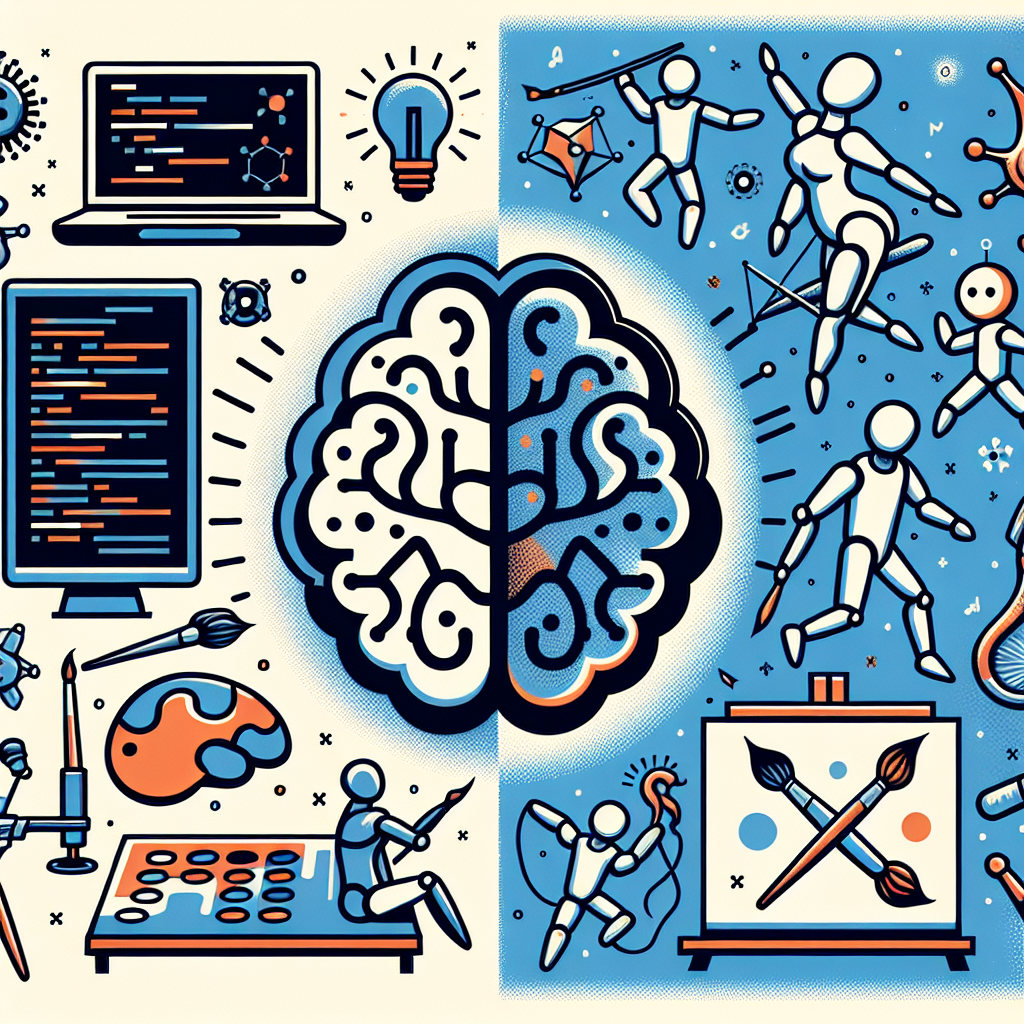In recent years, artificial intelligence (AI) has been making significant strides in various industries, from healthcare to finance to entertainment. One area where AI is making a particularly profound impact is in creative education. AI has the potential to revolutionize the way we teach and learn creative fields such as art, music, and design. In this article, we will explore the impact of AI on creative education and how it is shaping the future of learning in these fields.
AI in Creative Education
AI is already being used in creative education in a variety of ways. One of the most prominent applications of AI in creative education is in the creation of personalized learning experiences. AI algorithms can analyze a student’s strengths and weaknesses and tailor learning materials to their individual needs. This allows students to learn at their own pace and focus on areas where they need the most help.
AI is also being used to create new tools and technologies that can enhance the creative learning experience. For example, AI-powered software can generate music compositions, artwork, and even design layouts. This can help students explore new ideas and experiment with different styles without the need for traditional skills or training.
Another way AI is impacting creative education is through the use of virtual reality (VR) and augmented reality (AR) technologies. These technologies can create immersive learning environments where students can interact with digital objects and receive real-time feedback on their work. This can help students develop their creative skills in a more engaging and interactive way.
Benefits of AI in Creative Education
There are several benefits to using AI in creative education. One of the main advantages is that AI can help democratize access to creative learning opportunities. By providing personalized learning experiences and tools, AI can make it easier for students of all backgrounds to learn and develop their creative skills.
AI can also help students overcome creative blocks and explore new ideas. By generating music, artwork, and design layouts, AI can inspire students to try new things and push the boundaries of their creativity. This can lead to the development of new skills and techniques that students may not have discovered otherwise.
Additionally, AI can help educators save time and resources by automating tasks such as grading and feedback. This can free up teachers to focus on providing more personalized support to students and delivering high-quality instruction.
Challenges of AI in Creative Education
While there are many benefits to using AI in creative education, there are also some challenges that need to be addressed. One of the main challenges is ensuring that AI tools are designed and implemented in a way that is ethical and fair. There is a risk that AI algorithms could inadvertently reinforce biases or stereotypes, especially in creative fields where subjective judgments are common.
Another challenge is the potential impact of AI on the role of the teacher. As AI becomes more prevalent in education, there is a concern that teachers may be replaced by technology. However, many experts believe that AI should be used to augment the role of the teacher, rather than replace it. Teachers can use AI tools to provide more personalized support to students and help them develop their creative skills in a more effective way.
FAQs
Q: Can AI really teach creativity?
A: While AI algorithms can generate music, artwork, and design layouts, creativity is a complex and multifaceted skill that is difficult to teach using traditional methods. However, AI can help students develop their creative skills by providing personalized learning experiences and tools that can inspire new ideas and experimentation.
Q: Will AI replace teachers in creative education?
A: While AI has the potential to automate certain tasks in education, such as grading and feedback, many experts believe that teachers will continue to play a crucial role in creative education. Teachers can use AI tools to provide more personalized support to students and help them develop their creative skills in a more effective way.
Q: How can educators ensure that AI tools are used ethically in creative education?
A: Educators can ensure that AI tools are used ethically by being aware of potential biases and stereotypes in AI algorithms and taking steps to mitigate them. Educators can also involve students in the design and implementation of AI tools to ensure that they are fair and transparent.
In conclusion, AI is having a profound impact on creative education by providing personalized learning experiences, generating new ideas and inspiration, and creating immersive learning environments. While there are challenges to overcome, the benefits of using AI in creative education are clear. By embracing AI technologies, educators can help students develop their creative skills in new and innovative ways, shaping the future of learning in the creative fields.

